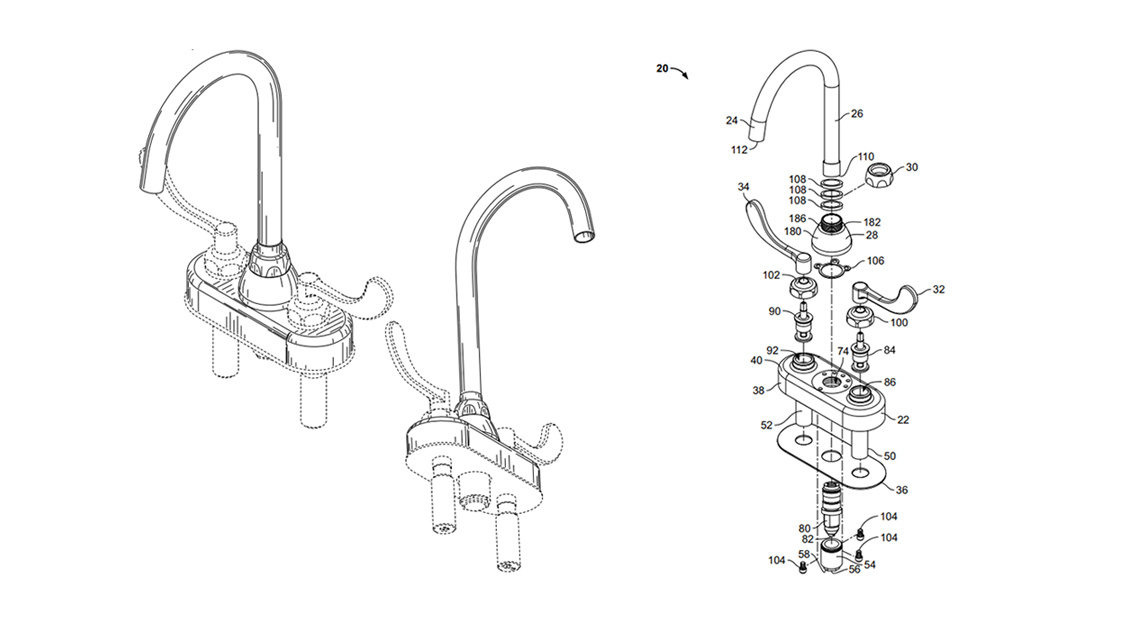Why Design Patent Drawings Tend to Be More Expensive Than Utility Patent Drawings?
-
Before we understand the ‘Why’ of the topic, we need to understand the ‘What.’
Design patents are meant to protect the structural and ornamental appearance of a product as it appears to the eye of the layman consumer. As far as design patent applications are concerned, the drawings themselves are the claims—that is, it is the drawing’s job to visually and precisely define the extent of the novel design.
A utility patent is a type of patent designed to protect the structural or functional aspects of an invention. A utility drawing helps define a complex invention and, as such, plays a key role in the patent application process.
As a general rule, the more complex and hard to define the invention, the more important it is that the drawings be simple, clear, and accurate.
| Design Patent | Utility Patent |
| Protects the ornamental design of an invention. | Protects purely the function or construction of an invention. |
| Design patents cannot be filed without drawings. | Utility patents can sometimes be filed without drawings. |
| Design drawings are carefully shaded to show the character of contours and surfaces. | Utility drawings do not necessarily require surface shading and often do not focus on the contours and surface. |
| Design patent drawings are focused on contours and surfaces. They must be well-defined and perfectly consistent throughout different figures produced for the design. | Utility drawings do not require perfect consistency between the drawings. |
| Design Patents do not have reference numbers. The shape is all that matters; how an invention works — or if it works at all — is irrelevant. | As utility patents focus on the function of an invention, the parts are referred to by reference numbers that are described in the written specification and are consistent throughout the drawings. |
| Costs: Design patent drawings may cost more because they require more artistry from the illustrator, and more raw artistic ability to maintain consistency across the views needs specialized skills which are rare and expensive. | Costs: Utility patent drawings also often require considerable artistic ability, but since the form is less important than the function, sometimes this is less of a factor. |
Differentiation between Design patent drawings and Utility patent drawings
Investing in good patent drawings makes sense and increases your chances of obtaining a patent.
Patent prosecution (the process of obtaining a patent) is not something a neophyte would want to tackle alone; it takes a patent agent or attorney years to become proficient in the highly specialized and arcane language of a patent application. Likewise, the drawings are not ordinary drawings; dozens of unique rules and style requirements apply to the kind of drawings examiners demand to see before they grant a patent.
Much time and money can be saved by hiring an illustrator who understands the process. Every time an examiner rejects the drawings the agent or attorney must get involved to correct them, increasing the expense to patent.
How is Legal Advantage different from other vendors in the market?
Legal Advantage LLC was created by patent lawyers for patent lawyers in 2002, for the sole purpose of providing high-quality patent drawings where, before, they were sometimes difficult to obtain. Later, other services such as Patent Prior Art Search and Patent Translation were added.

From the very beginning, we have focussed on hiring only the best people for the role of illustrator. Rigorous drawing tests are given to all candidates.
Illustrators who wish to work at Legal Advantage are also tested for general knowledge of science and technology. E.g. “Define in writing and illustrate the Bernoulli Principle.” (Try that on your friends!)
The result? Better, faster, less expensive drawings, and a smoother process for the inventor and the agent/attorney – Win/win.
